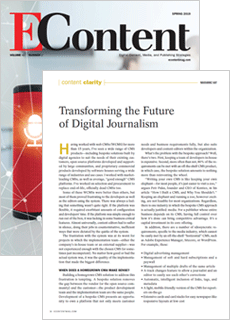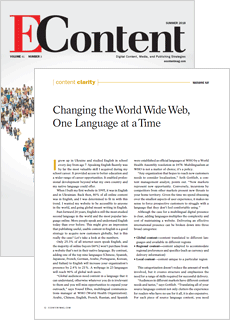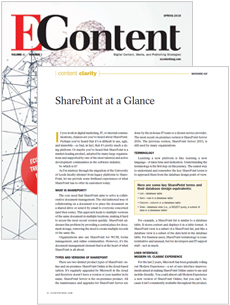What content management systems (CMS) do Universities use? Here are some examples.
| University of Aberdeen | OpenText |
| Abertay University | TERMINALFOUR, Umbraco |
| Aberystwyth University | TERMINALFOUR |
| Anglia Ruskin University Cambridge | Sitecore |
| University of the Arts London | TERMINALFOUR |
| Aston University | Easysite |
| University of Bath | Bespoke system, developed in-house |
| University of Birmingham | Contensis |
| University of Bolton | Contensis |
| Bournemouth University | Drupal |
| University of Bradford | TERMINALFOUR |
| University of Brighton | Contensis |
| University of Bristol | TERMINALFOUR |
| Brunel University London | Contensis |
| University of Buckingham | WordPress |
| University of Cambridge | Plone, Drupal |
| Canterbury Christ Church University | Contensis |
| Cardiff University | Squiz Matrix |
| Cranfield University | Sitecore |
| University of Cumbria | TERMINALFOUR |
| De Montfort University Leicester |



